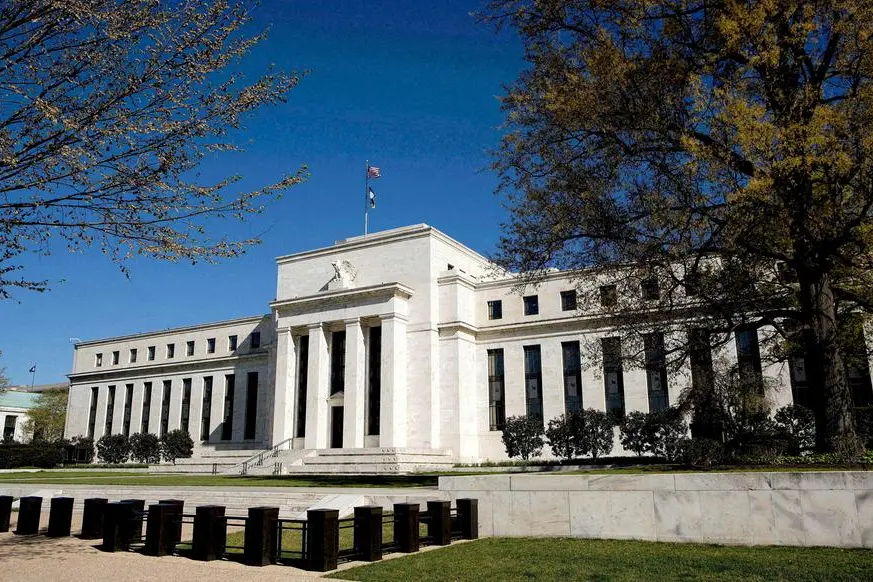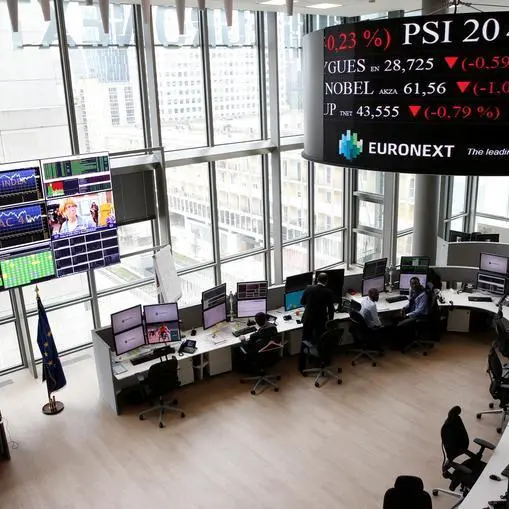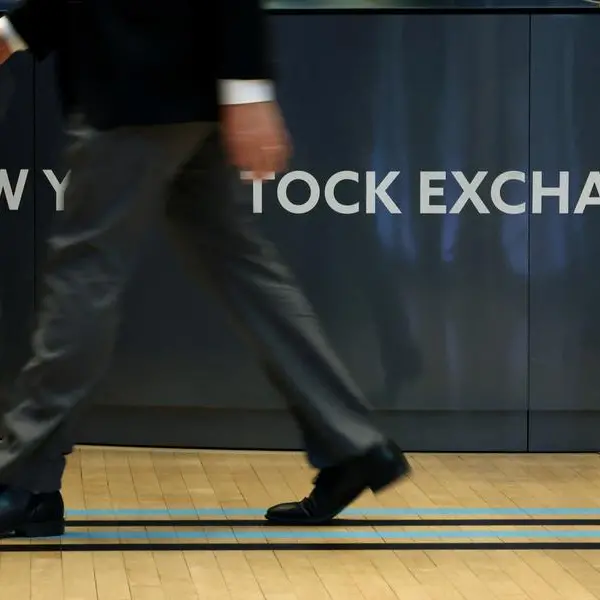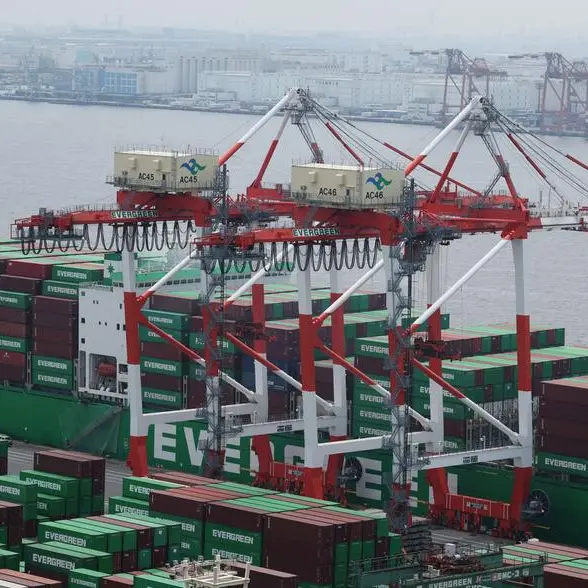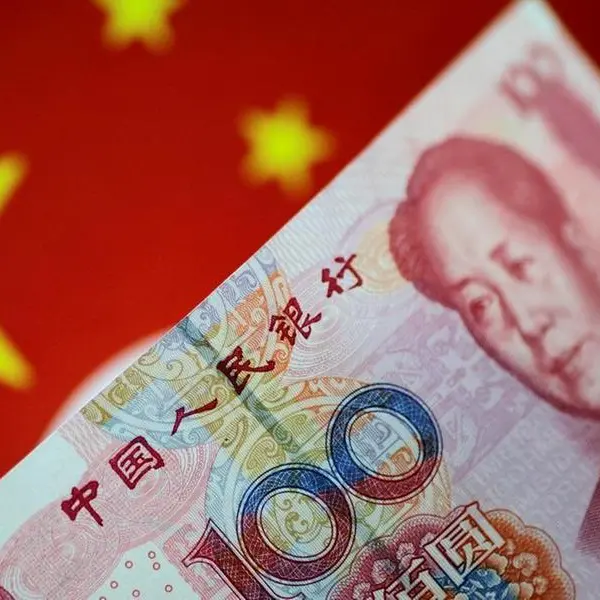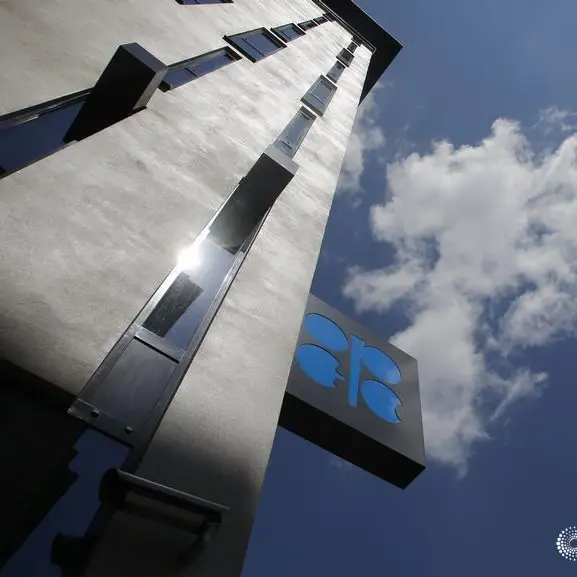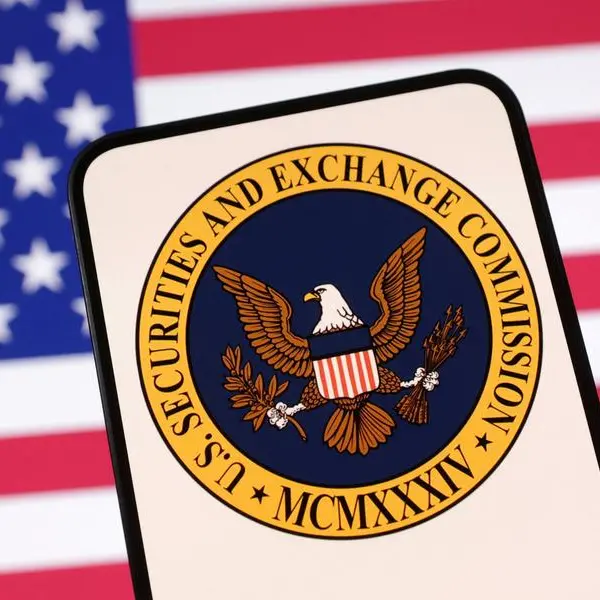PHOTO
FILE PHOTO: The Federal Reserve building stands in Washington April 3, 2012. REUTERS/Joshua Roberts/File Photo
(The opinions expressed here are those of the author, an investment strategist for Panmure Liberum.)
The European Central Bank is widely expected to cut its key policy rate at its meeting on Oct. 17, and the U.S. Federal Reserve will likely follow suit when it convenes on Nov. 6-7.
With easing cycles underway, investors are increasingly debating how low interest rates will have to go to not only stave off serious economic slowdowns but also stabilise increasingly troubling national debt burdens.
In recent years, monetary policy wonks have focused considerable attention on “r-star,” the real risk-free rate at which inflation remains on target in an economy operating at full capacity.
The problem is that policymakers can’t accurately determine what r-star is. For example, the New York Fed offers two separate estimates – 1.2% and 0.7% – based on whether it employs its pre-pandemic methodology or its new approach that accounts for pandemic-related disturbances.
Policymakers may therefore be happy to know that they now have access to a more comprehensive rate threshold that – at least in theory – can be calculated with greater ease than the notoriously elusive r-star. But they might not be pleased with the implications.
TIPPING POINT
A team from the IMF recently introduced the concept of “fiscal r-star”, the real interest rate required to keep national debt levels stable when an economy is growing at potential and inflation is on target.
The researchers posit that sustained real interest rates above fiscal r-star will cause a government’s debt-to-GDP ratios to continue growing unless the country reduces its deficit and starts living within its means. GDP growth alone simply can’t offset this trend. While central banks could theoretically let inflation drift above target to inflate away debt, that’s not a viable option for policymakers seeking to maintain credibility.
This wasn’t a concern in industrial economies for much of the last century because, with the exception of wartime periods, debt levels were low enough that they could be sustained despite often high interest rates.
Since the 1980s, however, debt levels in advanced economies have ballooned. And monetary policy rates have thus been above the fiscally sustainable level more often than not. Today, the gap in the U.S. is the widest it’s been since the early 1980s, and in Europe it’s the largest in three decades.
This means governments on both sides of the Atlantic could be facing a period of rapid growth in their debt-to-GDP ratios unless they become more fiscally responsible. STEMMING THE TIDE? Based on current consensus projections for eurozone budget deficits and GDP growth, the ECB’s policy rate would have to drop to about 2.0% in the next three to five years to stabilise debt levels. This seems achievable given that the ECB’s deposit rate is currently 3.5%.
Also, Europe’s stability mechanism should force countries like France and Italy to rein in their excessive deficits. However, Paris and Rome have sought to soften these restrictions, so the road to fiscal stability could be bumpy.
The situation is more concerning in the U.S. The fed funds rate would have to drop below 2.5% to stop the country’s debt-to-GDP ratio from rising, again based on current consensus expectations for budget deficits and GDP growth. Neither Fed projections nor rates markets expect the central bank to cut below 3.3% in the next three years.
Additionally, the 2.5% figure assumes there will be no additional unfunded deficit spending in the next decade – an unlikely scenario given the promises coming from both candidates in the current U.S. presidential race.
Under a second Donald Trump administration, another $1.3 trillion could be added to the deficit in the next ten years, according to the nonpartisan Tax Foundation, or far more if Trump’s proposed tariffs fail to generate some $4 trillion without curbing growth. Meanwhile, the Foundation estimates that Democratic candidate Kamala Harris’ tax plans could lead to additional borrowing around $1.7 trillion.
MORE BAD NEWS
Add to all this the conclusions of a new paper that caused a stir at the recent Jackson Hole Economic Symposium. In it, researchers argue that, for the first time in the post-WWII era, investors have begun demanding a substantial, rising risk premium to hold U.S. Treasuries in response to unfunded deficit spending.
True, some Treasury officials countered that the premiums seen since the pandemic reflect uncertainty more than concern about deficits. But the study’s authors have additional research suggesting their hypothesis regarding the market response to unfunded spending holds, albeit more modestly, as far back as 1997.
These dynamics could put the Fed in a jam. If inflation doesn’t settle below 2% or begins to creep upward, the Fed would need to have the ability to hike – otherwise it risks losing credibility. But if interest rates don’t fall below fiscal r-star, the U.S. debt burden could spike, potentially creating a vicious cycle if investors begin demanding increasingly more compensation to hold Treasuries. That, in turn, could put pressure on interest rates globally.
So even though the Fed, ECB, and others may be poised to cut interest rates in the short-term, this may not translate into lower long-term bond yields, which could make the fiscal situations in these economies a whole lot worse.
(The opinions expressed here are those of the author, an investment strategist for Panmure Liberum.)
(By Joachim Klement Editing by Anna Szymanski and Sharon Singleton)
